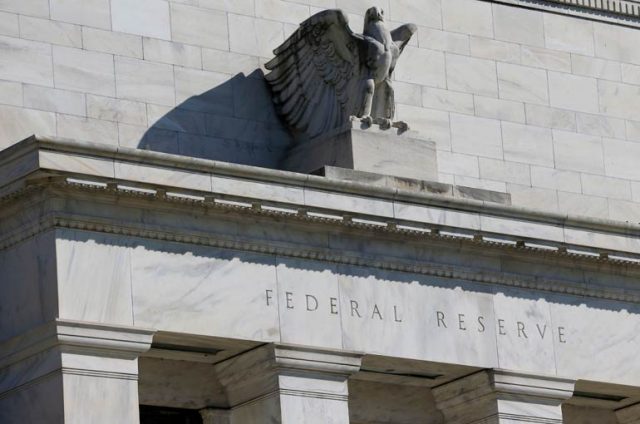BSP says PHL prepared to handle changes in Fed policy

THE Philippine central bank is prepared to handle any changes in the US Federal Reserve’s monetary policy as local banks remain well-capitalized, its governor said.
“In any event, we’re prepared for any adjustments in Fed rates because our banks are well-capitalized and they are prepared, and we still have a lot of policy tools in our hands,” Bangko Sentral ng Pilipinas (BSP) Governor Benjamin E. Diokno said at a press briefing on Thursday.
The capital adequacy ratio of local banks stood at 16.72% on a solo basis at the end of last year, way above the 10% minimum required by the BSP.
Mr. Diokno believes the Fed will try avoiding raising its policy rates ahead of the upcoming midterm elections in the United States in 2022. The US central bank will have its next policy-setting meeting on June 15 and 16.
Reuters reported that Federal Reserve policy makers have begun to acknowledge they are closer to debating when to pull back some of their crisis support for the US economy, even as they say it is still needed to bolster the recovery and employment.
Investors are waiting to see when the Fed will start tapering off its bond purchases as the world’s biggest economy continues to recover.
In a note on Thursday, UK-based Oxford Economics said the BSP may start raising key policy rates in the fourth quarter of 2022, much earlier than the Fed, given the projected strong economic growth and expectations that inflation will remain high.
“In most Asian emerging markets, especially in India, Indonesia, and the Philippines, we expect relatively strong potential GDP (gross domestic product) growth and relatively high inflation to keep policy interest rates substantially above those in the US and other developed economies,” the note read.
The Philippines’ gross domestic product (GDP) slumped by 4.2% in the first quarter, recording its fifth straight quarterly contraction since last year. The government’s economic team, however, is expecting GDP will grow by 6-7% this year, 7-9% in 2022 and by 6.7% each year in 2023-2024.
Meanwhile, the BSP estimated headline inflation may have settled at 4-4.8% in May, against the 4.5% print in April. The local central bank projected inflation will average at 3.9% this year, towards the higher-end of its 2-4% annual target.
The BSP kept its key policy rate at a record low of 2% last month to help the economy recover further.
Oxford Economics said it sees the Fed hiking its policy rates gradually starting 2023, amid the projected strong economic growth in the next two years and benign inflation.
The think tank also believes that any negative market reaction similar to the “taper tantrum” episode in 2013 will be mild in the Philippines, along with other emerging Asian economies such as India and Indonesia.
In 2013, markets responded negatively when the Fed signaled plans to roll back quantitative easing. Expectations of rising rates in markets deemed safe led to sharp outflows from emerging markets and forced central banks to hike their own interest rates.
“While taper tantrum-type pressure remains on the radar of emerging market policy makers and investors, in our view the external vulnerability of Asian emerging market including India, Indonesia, and the Philippines remains moderate,” Oxford Economics said.
It added that neutral policy rates for the US will likely be substantially lower than its real potential GDP growth, while the real neutral policy rates for the Philippines, along with Indonesia, could reach 2.5%. — Beatrice M. Laforga with report from Reuters
